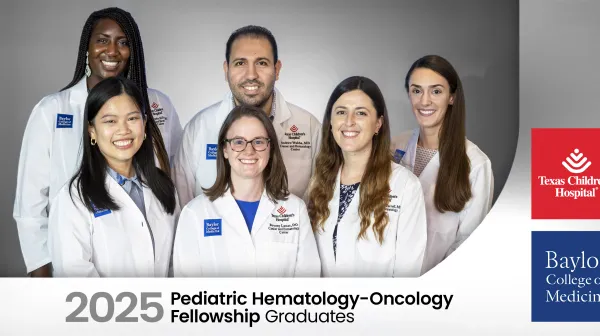As many as 20% of children and adolescents experience what has historically been called functional abdominal pain, which refers to a set of chronic abdominal pain conditions that are now known as disorders of gut–brain interaction (DGBIs). As the updated terminology infers, the symptoms patients experience don’t primarily result from gastrointestinal damage but from challenges associated with processing pain signals between the gut and the brain. In children with DGBIs, the brain’s interpretation of gut nerve signals can be misconstrued as pain sensations.
“We use the analogy with families that it’s like having headaches in the belly,” said Andrew Chu, MD, pediatric gastroenterologist at Texas Children’s Hospital, which has one of the largest Pediatric Gastroenterology, Hepatology and Nutrition programs in the nation. “Even when labs and other testing are normal, we know that the pain is real and isn’t just ‘in the child’s head.’ Instead, the pain reflects problems with the processing and communication of signals between the gut and the brain.”
Recognizing abdominal pain DGBIs
The Texas Children’s team sees the full range of DGBIs, including the pediatric abdominal pain DGBIs as defined by the Rome Foundation IV diagnostic criteria:
- Irritable bowel syndrome
- Abdominal migraine
- Functional dyspepsia
- Functional abdominal pain – not otherwise specified
For all of these disorders, symptoms may occur without an obvious cause. But diagnosing DGBI doesn’t require significant testing.
“Physicians are taught to look for ‘alarm’ signs and symptoms like fevers, weight loss, etc.,” said John Hollier, MD, pediatric gastroenterologist at Texas Children’s Hospital. “When no ‘alarm’ signs are present, the physical examination is normal and the history of the pain fits, they can make a diagnosis confidently without extensive workup. If they’re not comfortable making a diagnosis, we’re also here to help.”
While the pathophysiology of DGBI isn’t fully understood, the prevailing theory uses the biopsychosocial model of chronic pain, which emphasizes the interconnection between biological, psychological and socio-environmental factors. The impact of these various factors increases the risk of DGBI symptomatology.
“The most important tool is the history,” Dr. Chu said. “Sometimes there may have been a preceding illness like a viral infection that was a trigger event. And often when we ask questions that aren’t purely medical, we’ll uncover other factors that precede the onset of symptoms — it could be a death in the family, anxiety about school or even bullying. The parent or child isn’t thinking that’s part of the issue and so they don’t mention it at first.”
State-of-the art research on DGBIs
Texas Children’s continues to improve the care of children affected by DGBI through research. One such project addresses patients’ access to optimal care. Given the sheer volume of patients affected, access to psychologists and pediatric gastroenterologists remains a challenge. That’s why, for the past 10 years, Dr. Hollier has been researching the impact of guided imagery therapy on DGBIs, given its potential to treat many children in a cost-effective way. Through a pilot clinical trial funded by the National Institutes of Health, Dr. Hollier and his team will soon assess how well a mobile application that delivers guided imagery therapy remotely reduces abdominal pain and improves health-related quality of life.
“Given how ubiquitous smartphones and tablets are and how popular they are among kids, we think this approach would be the ideal way to deliver effective ‘gut-brain training’ to patients,” Dr. Hollier said.
Treatment approaches
The team at Texas Children’s has found a multi-pronged approach to be most beneficial for DGBIs. While medications play a role, the evidence isn’t highly supportive that medication alone is sufficient. Instead, a variety of modalities have been demonstrated to be beneficial, including psychological therapies to address psychosocial distress like anxiety and depression; special supervised diets like the low fermentable oligosaccharides, disaccharides, monosaccharides and polyols (FODMAP) diet; and physical therapy to address deconditioning and other pain sites.
In cases of DGBI that are refractory to standard approaches, Texas Children’s offers many of these treatments through its Multidisciplinary Abdominal Pain Program (MAPP) Clinic — one of only a few in the country — that includes a dietitian, psychologist and pain management specialists in addition to gastroenterology and physical therapy support. A recent study by the MAPP team found that this multidisciplinary approach was associated with a reduction in emergency department visits and hospitalizations for abdominal pain.
“So many of the families who are referred to us are desperate to find relief for their children and are exhausted by looking for answers that aren’t emerging from medical testing,” Dr. Chu said. “One of the most important ways we help patients who are suffering from DGBIs is by listening to them. By doing this, we gain their trust and have the opportunity to reframe the conversation using the biopsychosocial model. This allows us to connect them with various approaches to help these children overcome the dysfunction associated with these issues.”





